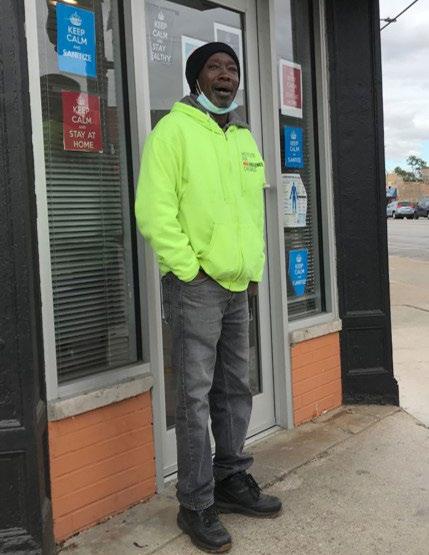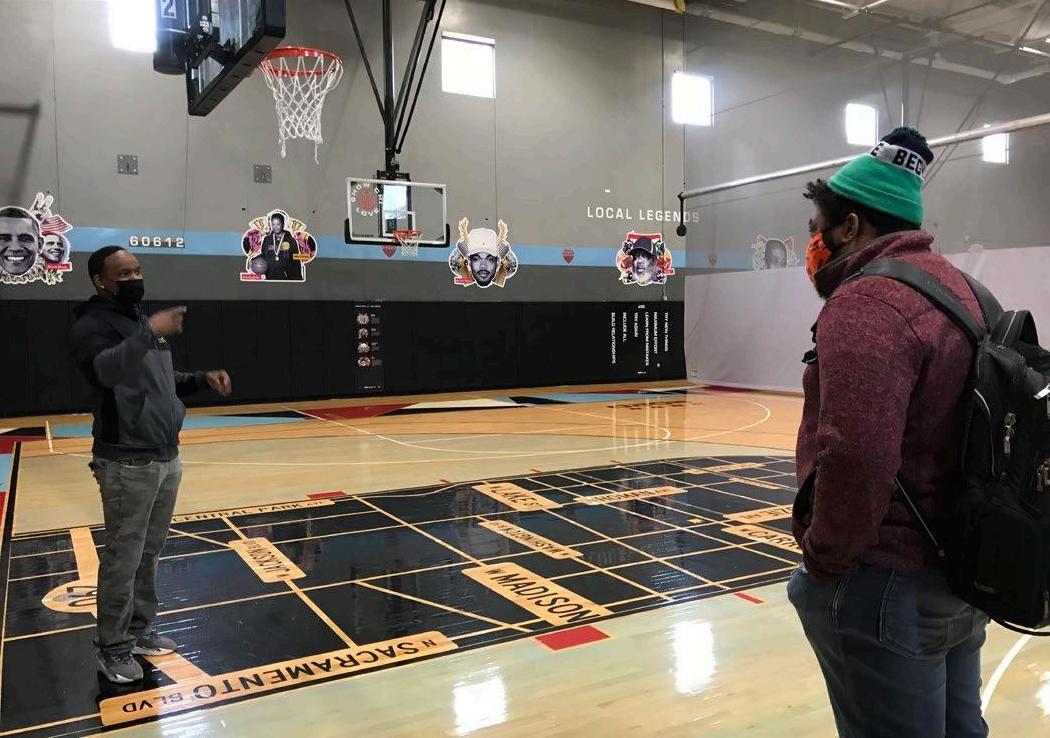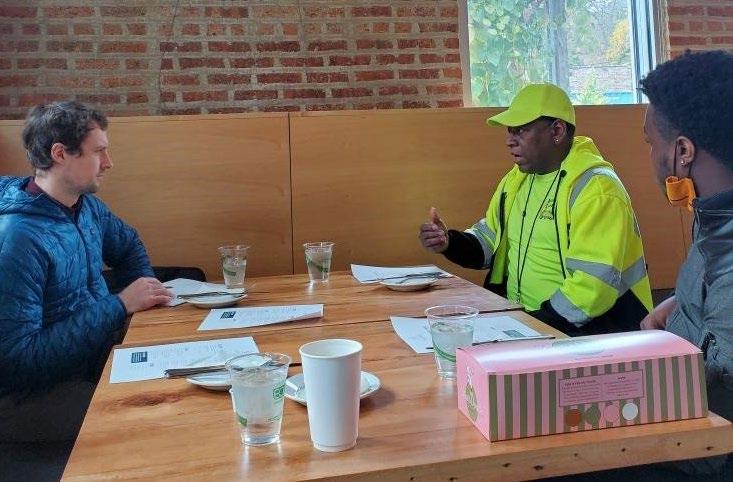
1 minute read
Approach
1. Research, Engage, & Lift Up Local Ideas
See, Listen, & Learn
Advertisement
Neighborhood Activation requires a wholeof-government approach that is grounded in community aspirations, relevant precedents, and the physical, social, and political realities of each neighborhood. The methodology for gathering information includes the five steps outlined below.
A. Engage City Agencies & Departments
Deep but often siloed knowledge of current initiatives, planned capital investments, and policy exists among agency employees. As a first step, interview agencies to centralize their knowledge base. Then, establish weekly working group meetings to facilitate collaboration.
B. Engage Philanthropic Organizations
Look for strategic partnerships with philanthropic organizations. Learn from their experience investing in neighborhood safety causes. Actively fundraise to support implementation and build local capacity.
C. Engage & Partner with Community Stakeholders
Community residents and stakeholders are the real experts on their neighborhoods. It’s paramount to follow what they determine will work, what doesn‘t, what‘s underway, and what needs support to get started.
D. Investigate Sites
Walk the sites, meet the neighbors, and experience the programs to know how to reinforce and connect what already works.
E. Review Literature, Documents, & History
Search out information and data points that indicate effective strategies for improving social cohesion and economic opportunity through the built environment. Build a foundation of knowledge about the history, culture, and urban condition of the focus neighborhood in particular. Examine a wide variety of documents, including reports, planning initiatives, maps, and photos.
Articles from various news sources supplemented the team’s understanding of the key people, places, and programs on the west side of Chicago.
Community-led neighborhood tours are an important part of the engagement and site investigation process.
Here, the team hears from community members on Madison Street about their memories of and aspirations for the space while biking through the neighborhoood with Frank Latin and the Westside Media Project.

Conversations with street outreach workers and others at the Institute for Nonviolence helped the team develop an understanding of the different
stages of violence involvement. Visualizing this understanding was a useful tool for discussing policy initiatives and service investments with City officials. Meeting with community leaders at Breakthrough Urban Ministries.







